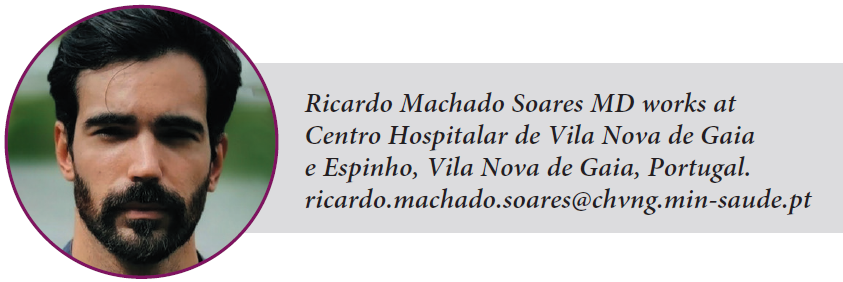Healing Treatment— Refractory Neurotrophic Keratopathy
Retrospective study highlights utility of topical insulin. Cheryl Guttman Krader reports from the 39th Congress of the ESCRS in Amsterdam.

Cheryl Guttman Krader
Published: Wednesday, December 1, 2021

